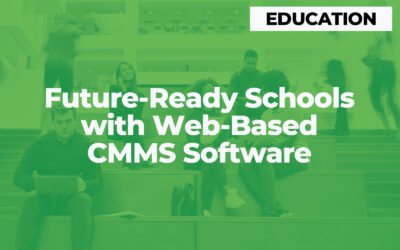Pandemic Laptop Investments
Educators across the country know that, while teaching will soon be almost back to normal, they’re not out of the woods just yet. Getting anywhere near back to normal presents new challenges in incorporating these devices into the hybrid teaching methods of the future.
In the last year, schools acquired hundreds of thousands of new assets, particularly laptops and tablets.
Continuing students’ education in the face of the Covid-19 pandemic has meant sending families home with laptops for participating in online classes and sending in homework, and, later, for staying in touch with classmates over the summer. These efforts meant purchasing laptops, Chromebooks, and even iPads in bulk and distributing them as fast as possible.
The state of Texas, in fact, bought and distributed over 1 million laptops in 2020 to cope with the state’s sudden at-home learning needs. At a smaller level, school districts bought tens of thousands of devices, costing each district millions.
Take San Antonio in March 2020. Their officials spent $6.1 million dollars buying 30,000 school laptops for their students. This is on top of the 25,000 they already had.
And the Dallas ISD, to meet its students’ needs, acquired 90,000 devices at the price of $30 million.
The Risks
But after a year of pandemic schooling, school districts are feeling the impacts of this desperate investment, and not all of it has been good.
For starters, some schools have had difficulties with their goals of ensuring a 1-to-1 ratio of students to laptops. And many of them have had issues with students handling their devices irresponsibly, resulting in damaged assets.
Some districts have even reported instances of these laptops being sold online. (Though it’s likely most of these devices were generally stolen from the students’ families and were not sold by students.)
Potential Solutions in EAM
And this year, with the end of the pandemic in sight, school administrators will be faced with the challenge of getting all these laptops and other mobile learning devices back to school. In the coming school year, the challenge will be to incorporate them into post-pandemic education.

Getting eyes on device locations and statuses and making that data accessible to school personnel depends on connecting devices. Previously theft and loss could be mitigated by serial numbers. But, to actually connect devices, RFID tags, and an integrated EAM are necessary.
The tracking needs of the coming school year will include:
- Live device location tracking at home and on campus
- Device condition when checked out
- Custodian tracking showing the number of laptops with each family or teacher
With a strong IoT-powered EAM system in place, a school can have all these features at its disposal, protecting its high-value investments. As a result, tracking and managing school assets helps prevent laptops from ending up lost or stolen.
Schools that can invest in IoT tracking technology won’t have to face the costs of leaving unmanaged technology scattered and invisible across school districts.
Sources:



